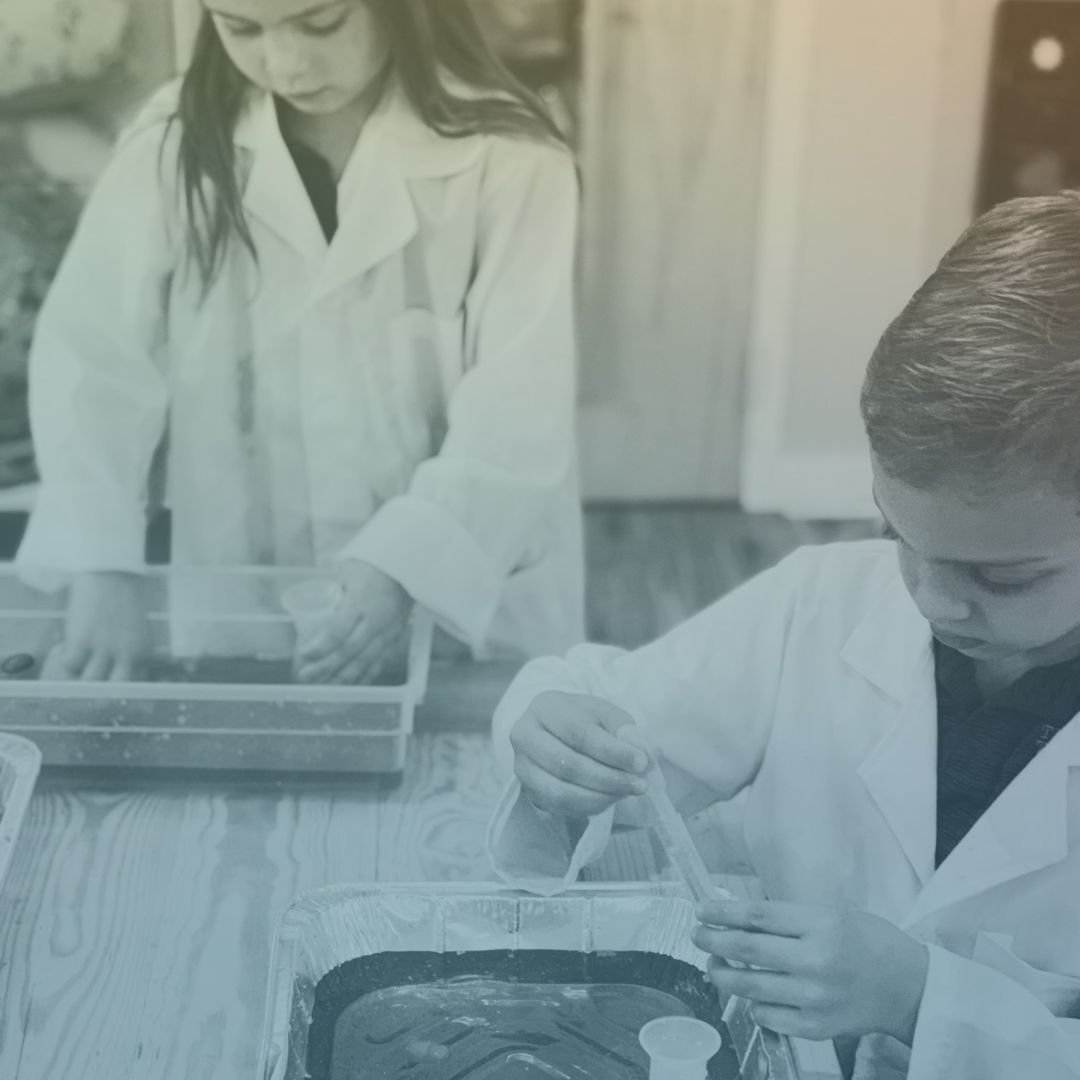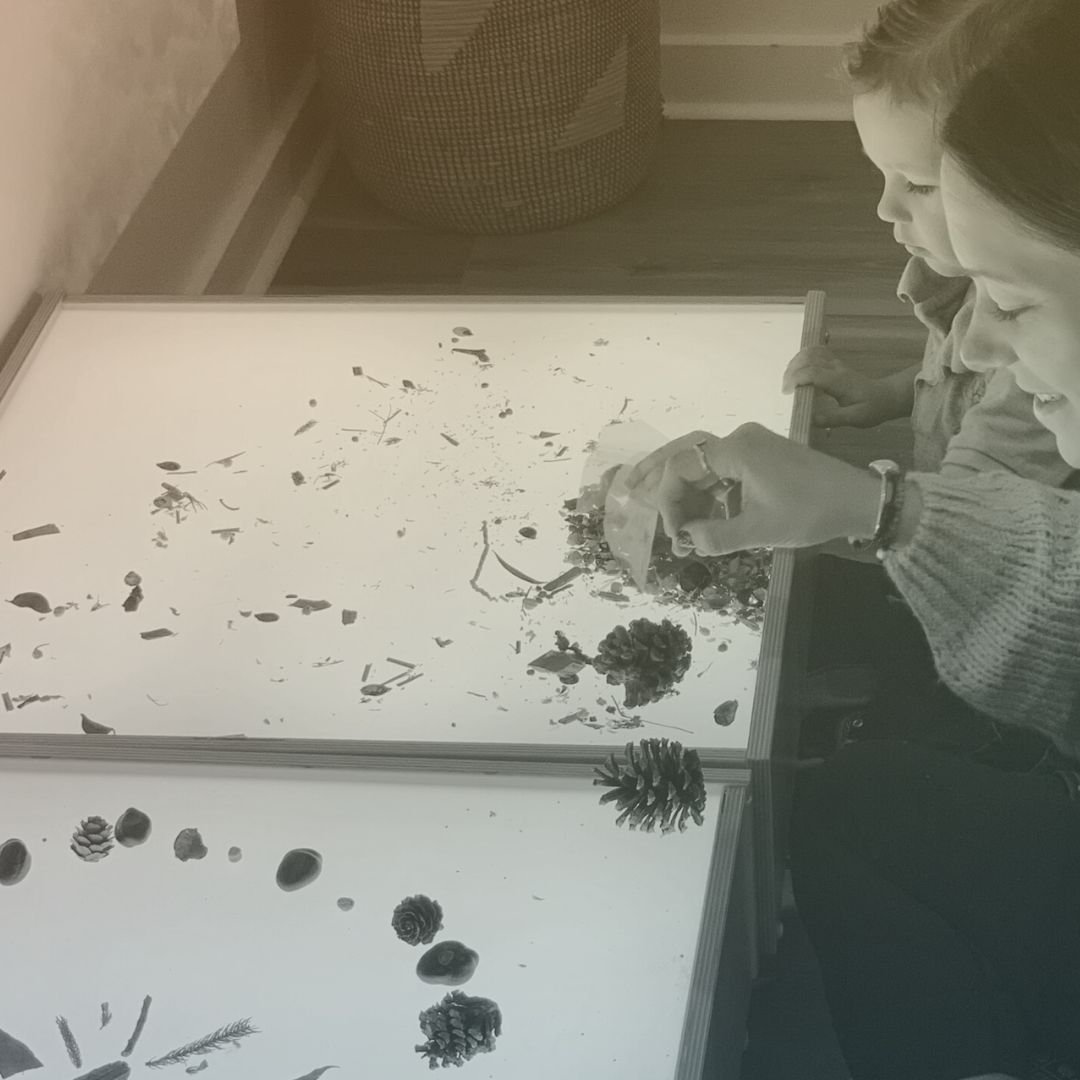
HOW WE
REGGIO
A Reggio-Inspired Community, Learning Resource, and Conference
Immerse yourself in a transformative journey of exploration and discovery at our Reggio-Inspired conference designed for educators and administrators.
ANNUAL CONFERENCE
Learn how to weave Thinking Routines into long term projects.
SCHOOL STUDY TOURS
Observe Reggio-Inspired Master Teachers engaging with students.
JOIN THE HWR COMMUNITY
Expand your network with educators from around the globe.
Step into a world where creativity, collaboration, and innovation converge to inspire new ways of teaching and learning. Engage in thought-provoking discussions, hands-on workshops, and interactive sessions that will ignite your passion for education.
WHAT EDUCATORS ARE SAYING ABOUT OUR CONFERENCE:
FAQs
-
Being Reggio-inspired means thoughtfully adapting the core principles of the Reggio Emilia approach within your unique teaching context. We embrace the fundamental belief that children are capable protagonists of their own learning, while recognizing that implementation will look different in each community. This approach blends visible thinking strategies and mindfulness practices with Reggio principles to create joyful, meaningful learning environments.
-
How We Create a Reggio-Inspired School Environment
Physical Environment Transformation
- Replace plastic with natural materials
- Create documentation walls
- Set up light and shadow exploration areas
- Design flexible spaces that can transform
- Add mirrors, transparency, and natural light
- Create a dedicated atelier (art studio)
Teaching Approach Shifts
- Move from lesson plans to emergent curriculum
- Document learning through photos, notes, displays
- Listen to and record children's theories
- Plan investigations based on children's interests
- Collaborate with colleagues to reflect on observations
- Engage in ongoing professional development
Family Integration
- Create spaces for family documentation
- Hold regular meetings to share project progress
- Invite family expertise into investigations
- Make learning visible through displays
- Establish regular communication channels
Materials and Resources
- Collect open-ended natural materials
- Set up documentation systems
- Invest in quality cameras and display materials
- Create material libraries for projects
- Develop light table and projection resources
Professional Development Steps
- Study Reggio Emilia principles
- Visit Reggio-inspired schools
- Join learning groups and networks
- Attend conferences and workshops
- Document your journey of transformation
Remember: This is a gradual process of transformation, not an overnight change. Start with small changes and build over time.
-
We start by building understanding of core Reggio principles while reflecting on our current practice. Some initial steps in our journey include:
Observing and documenting how our children naturally learn and express themselves
Creating environments that invite exploration and discovery
Building stronger partnerships with families
Joining our community of practice to learn from others
Starting small with one area or project that excites us
-
How we Approach Curriculum in Reggio Emilia
Our Emergent Curriculum
We don't follow a pre-set curriculum. Instead, our learning experiences emerge from:
- Children's interests and questions
- Community and cultural contexts
- Seasonal changes and natural phenomena
- Children's theories about their world
Our Projects
Learning unfolds through long-term projects where we:
- Follow children's natural curiosity
- Document their theories and discoveries
- Explore topics deeply through multiple "languages" (art, movement, building, etc.)
- Revisit and expand ideas over time
Our Role
Teachers are co-researchers who:
- Observe and document children's interests
- Provide materials that deepen investigation
- Ask questions that extend thinking
- Create environments that inspire exploration
Our Assessment
We track learning through:
- Daily documentation of children's work
- Collection of children's theories and ideas
- Photos and recordings of project development
- Learning stories shared with families
Rather than following textbooks or predetermined lessons, we create meaningful learning experiences based on children's natural desire to explore and understand their world.
-
The Unique Elements of Reggio Emilia
The Image of the Child
We view children as powerful protagonists in their learning - competent researchers with rights, not just needs. They're active constructors of knowledge rather than passive receivers.
The Hundred Languages
We recognize children express and learn in many ways beyond words - through art, movement, building, play, music, drama, and more. These aren't just activities but vital forms of communication and learning.
Environment as Third Teacher
Our spaces are thoughtfully designed learning environments that:
- Promote investigation and communication
- Document children's learning processes
- Use light, natural materials, and open-ended resources
- Change with our projects and investigations
Pedagogical Documentation
We capture learning through systematic documentation that:
- Makes thinking visible
- Guides curriculum decisions
- Creates a collective memory
- Enables reflection and deeper understanding
Strong Community Connections
We build deep partnerships between:
- Children and teachers as co-researchers
- Families as essential participants
- The wider community as a resource
- Schools as interconnected systems
Project-Based Investigation
Our long-term projects:
- Emerge from children's interests
- Develop through careful observation
- Evolve organically over time
- Integrate multiple subjects and approaches
This combination of elements creates an approach that respects children's capabilities while fostering deep, meaningful learning through relationships and investigation.
-
The hundred languages refer to the countless ways children express, explore, and understand their world. This beautiful metaphor, from Loris Malaguzzi's poem, reminds us that children communicate through art, movement, play, words, silence, scientific exploration, digital creation, and countless other forms of expression. In our practice, we honor all these languages equally, recognizing them as valid ways of making meaning and sharing understanding.
-
How we create a Reggio-inspired environment:
A Reggio environment acts as the "third teacher," supporting children's natural curiosity and learning. Key elements:
Natural materials (wood, plants, stones) over plastic
Flexible spaces that adapt to children's interests
Documentation of learning visible on walls
Areas for light/shadow exploration
Open-ended materials and loose parts
Neutral colors with intentional pops of color
Clear organization of materials children can access
Spaces for both group and individual work
Connections to nature and outdoor learning
Areas for different forms of expression (art, building, dramatic play)







